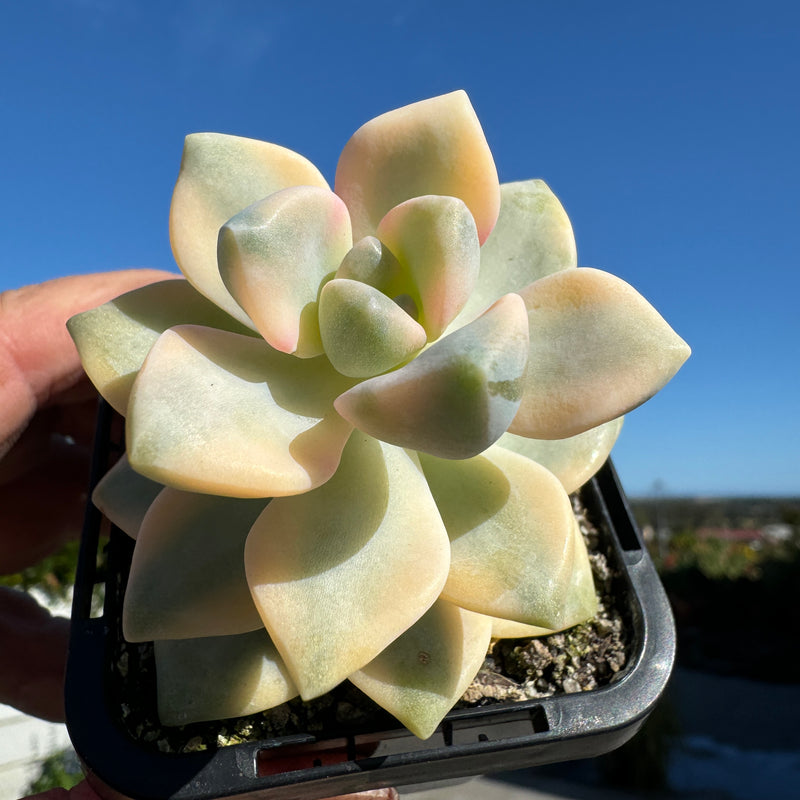I don’t know of any other subject on the culture of growing orchids that is more hotly disputed and full of misinformation. So many different stories, techniques and opinions. Maybe this blog will stir up some ideas and discussions!

I think I’ve got it right after 40 years experimenting.
This article may be a bit drawn out, but it to show how a lifetime of orchid growing changes your mindset and how I’m still learning after all this time.
Through the 1970 and 80s all the go was Auqasol and Thrive…weakly & weekly.
Alternatively we used Fish emulsion and Nitrosol with an ocational seasol (Liquid Blood and Bone) for an organic natural hit, once again weakly & weekly. A sprinkling of Dolomite lime once a year.
On writing this I get a warm feel good about how much I enjoyed rotating these ferts and fondly remember the ocean smell of the seasol and the earthy musk of the Nitrosol and the beachy Fish emulsion. Even a bit of the old Charlie Carp was tried (ground up pest fish). All balanced up to create quite a smosgasboard of delights for my orchids. I even used to add trace elements once a month in the form of a powder dissolved in the watering cans.


Evert saturday morning i would mix up a differnt fertilizer and apply it with a watering can. About 30 minutes work, but then i only had 300 orchids not 300,000. My thoughts were that if th blends were not exactly right then another fert the following week would fill the nutritional gap.
This worked fine for the first 10 years until the collection became a little large and all those watering cans wern't so much fun anymore
By this stage in the 1990s i had 12 small glasshouses joined together in our big backyard



So what next? Small and mid-sized nurseries were using a gizmo called a "Gewa". So I started trying to buy a second hand one of those.



They work by water being channelled into a reservoir inside the steel canister, but on the outside of a very heavy duty bag. The bag was slowly squeezed by water pressure and concentrated fertiliser solution was funnelled out a valve and mixed with fresh water flowing through to the hose. By turning a valve on the top you could adjust the strength, although an Ec meter was needed to verify the correct strength. We all called this device R2-D2 for obvious reasons. At over $1600 new, it was never a cheap option, but it worked perfectly for the next ten years for me.
Even in the early days of AON from 2001 we used the GEWA every week of the year. Eventually a thoughtless staff person (possibly me!) left the lid open and tried to fertilize. The bag prolapsed up through the lid and ruptured and the item was too old to be replaced.
So what do we do these days? Keep it simple! Tip the fertilizer into the giant rain water tanks, mix to correct strength using an EC meter and just pump it on via the overhead sprinklers. Ta Da! And that’s how we still do it today after 18 years at AON Nursery.
And when you get it right this happens!






















































